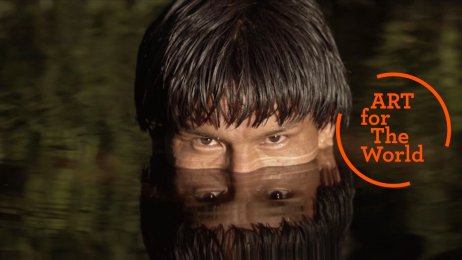
Grace Made Visible
Duration : 2m
Maturity Level : all
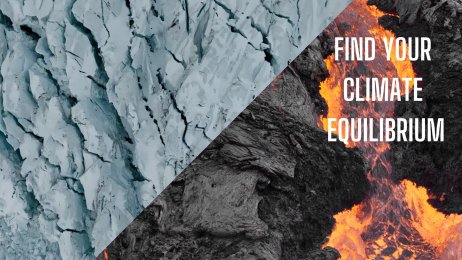
Michael Najjar
Duration : 1m
Maturity Level : all
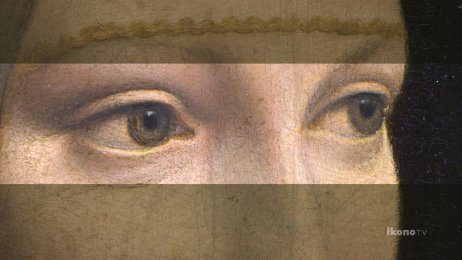
Silent Elegance
Duration : 3m
Maturity Level : all
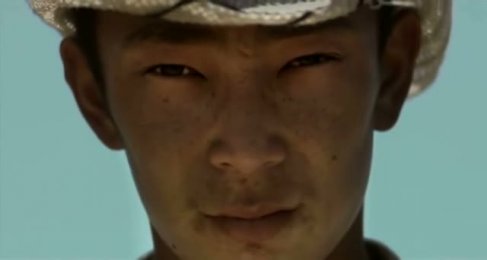
A Water Tale
Duration : 4m
Maturity Level : all
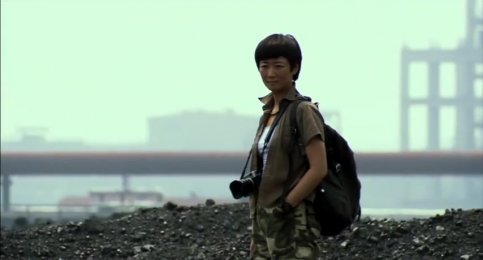
Black Breakfast
Duration : 4m
Maturity Level : all
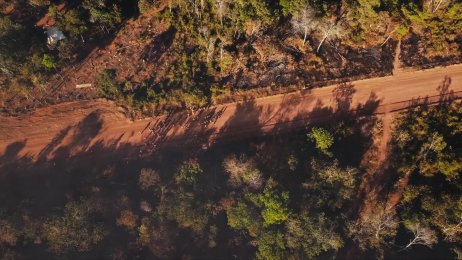
Jungle Fever
Duration : 9m
Maturity Level : all
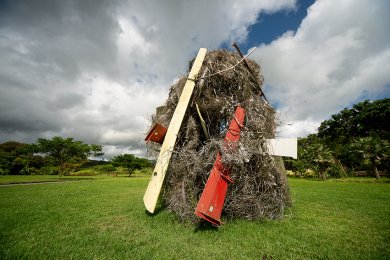
Frida Baranek
Duration : 4m
Maturity Level : all
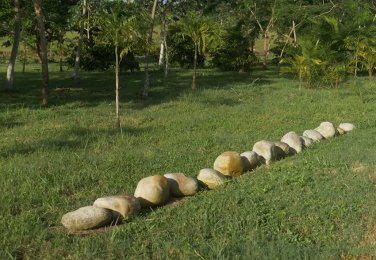
Georgia Kyriakakis
Duration : 4m
Maturity Level : all
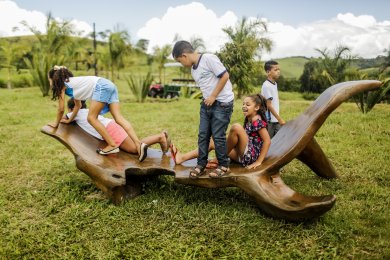
Hugo França
Duration : 4m
Maturity Level : all
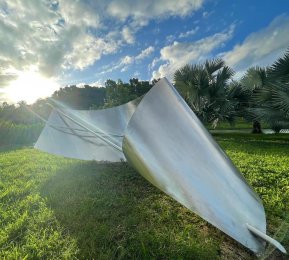
Iole de Freitas
Duration : 4m
Maturity Level : all
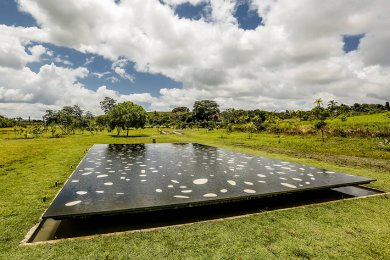
Jose Spaniol
Duration : 4m
Maturity Level : all
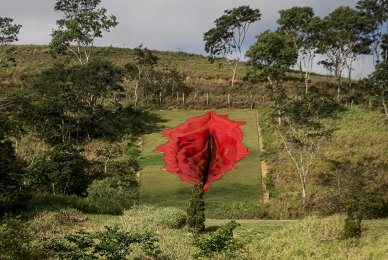
Juliana Notari
Duration : 4m
Maturity Level : all
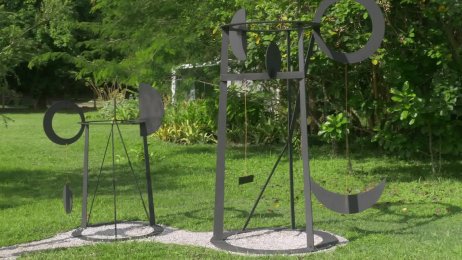
Julio Villani
Duration : 4m
Maturity Level : all
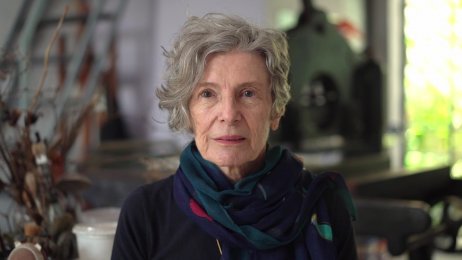
Liliane Dardot
Duration : 4m
Maturity Level : all
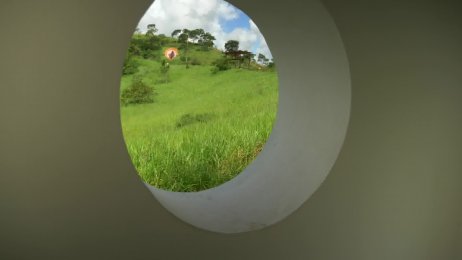
Marcelo Silveira
Duration : 4m
Maturity Level : all
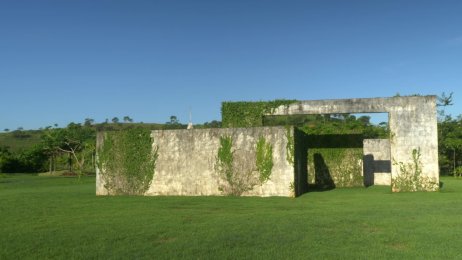
Marcio Almeida
Duration : 4m
Maturity Level : all
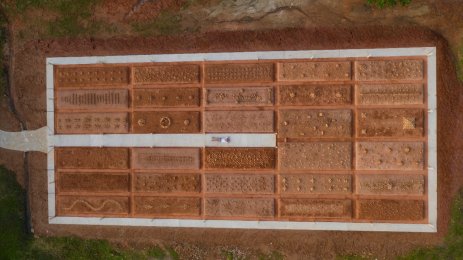
Matheus Rocha Pitta
Duration : 4m
Maturity Level : all
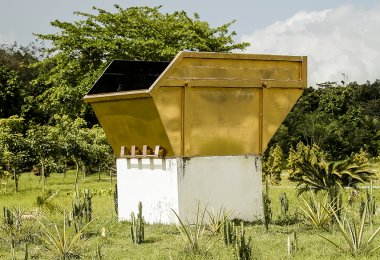
Paulo Bruscky
Duration : 4m
Maturity Level : all
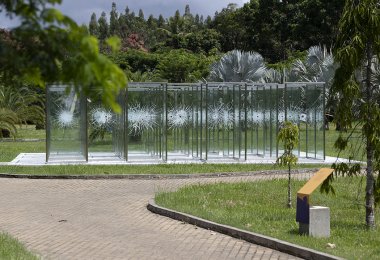
Regina Silveira
Duration : 4m
Maturity Level : all
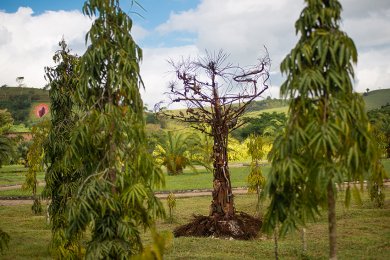
Ronaldo Tavares
Duration : 3m
Maturity Level : all
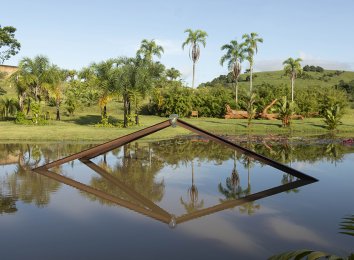
Tulio Pinto
Duration : 4m
Maturity Level : all
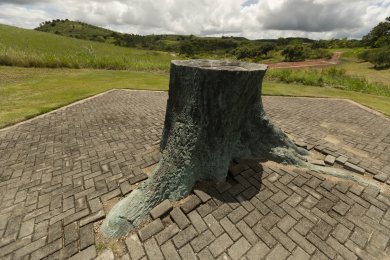
Vanderlei Lopes
Duration : 4m
Maturity Level : all
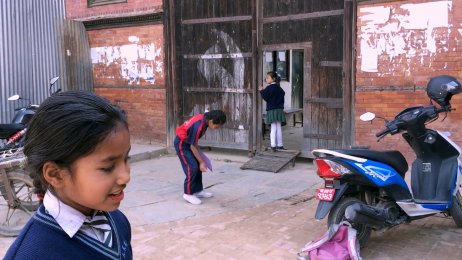
Children’s Game #17: Chunggi
Duration : 3m
Maturity Level : all

